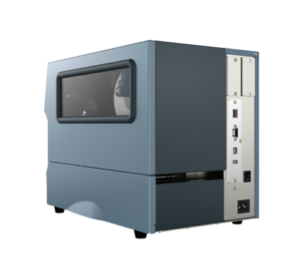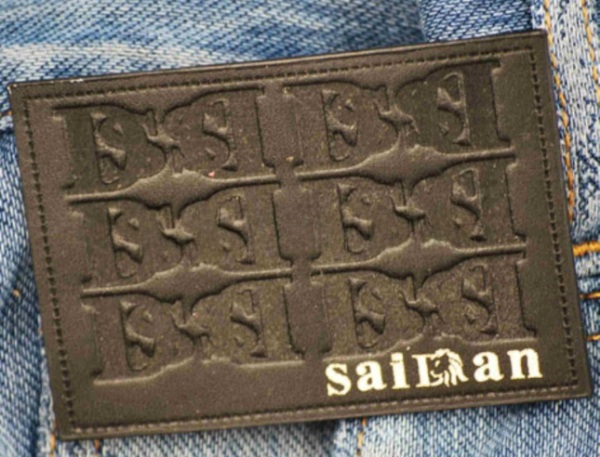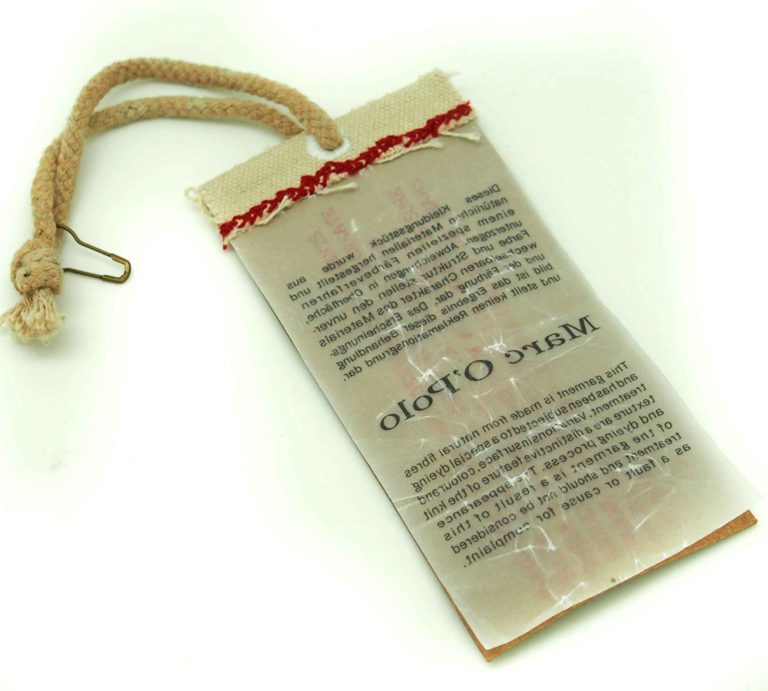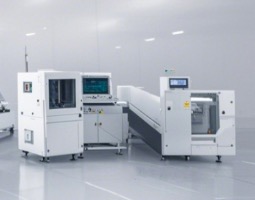Table of Contents
An industrial barcode printer is a specialized device used in manufacturing and logistics to print high-quality barcode labels on a variety of materials. These printers are designed for high-volume, high-speed operations and can handle large-scale printing tasks with precision and durability. Understanding the structural composition and features of an industrial barcode printer is crucial for businesses looking to optimize their labeling processes and improve operational efficiency.
Structural Composition of an Industrial Barcode Printer
1. Print Mechanism
The print mechanism of an industrial barcode printer is one of its most critical components. These printers typically use thermal transfer or direct thermal printing technology, depending on the application.
Thermal Transfer Printers: In this type of printer, a heated ribbon is used to transfer ink onto the label. The printer’s thermal head melts the ink on the ribbon and transfers it to the label material. This method produces highly durable, long-lasting barcodes that can withstand harsh environmental conditions.
Direct Thermal Printers: These printers use a heat-sensitive label material that darkens when exposed to heat. Direct thermal printers are typically faster and have lower operating costs, but the prints are less durable and may fade over time.
The print head resolution of industrial barcode printers typically ranges from 203 to 300 dpi (dots per inch), which allows for high-definition barcode printing even on small or intricate labels.

2. Label Handling System
The label handling system in an industrial barcode printer is built to accommodate a wide range of materials and sizes. Most industrial barcode printers can handle labels from 2 inches to 8 inches in width, and the material types include paper, synthetic materials, and even special RFID labels.
Rollers and Feeders: These systems ensure that labels are fed smoothly into the printer, preventing jams and ensuring accurate alignment for printing.
Label Detection Sensors: Sensors within the printer detect the presence of labels and monitor the printing process to avoid printing errors. Advanced printers use gap sensors and black mark sensors to ensure precise label placement.
3. Frame and Housing
The frame and housing of an industrial barcode printer are built to withstand heavy use in rugged environments. These printers often feature metal housings made from durable materials such as steel or aluminum, offering protection against dust, moisture, and accidental impacts. The housing also incorporates cooling systems to ensure the printer operates at optimal temperatures during extended printing runs.
Features of an Industrial Barcode Printer
1. High-Speed Printing Capabilities
One of the key features of an industrial barcode printer is its ability to print at high speeds, often reaching 6 to 12 inches per second. This high throughput makes these printers ideal for environments where large volumes of labels need to be printed in a short amount of time, such as in warehouses or production lines.
2. Connectivity Options
Industrial barcode printers come with a variety of connectivity options to integrate seamlessly into existing systems. Common connectivity options include USB, Ethernet, Wi-Fi, and Bluetooth, enabling easy communication with other equipment and software solutions. The ability to connect to enterprise resource planning (ERP) systems and barcode label design software is a significant advantage for businesses looking to streamline their operations.
3. Advanced Customization Features
Many industrial barcode printers offer advanced customization options, allowing businesses to create complex, multi-layered labels. These printers support a wide range of barcode formats, including 1D barcodes, 2D barcodes, and QR codes. Additionally, they allow for the inclusion of logos, text, and other graphic elements in the label design.
4. Durability and Reliability
Industrial barcode printers are designed to work under demanding conditions. With robust build quality and the ability to print on durable materials, these printers are ideal for harsh environments such as factories, warehouses, and outdoor settings. The printouts themselves are resistant to smudging, fading, and tearing, ensuring long-lasting barcode readability even in challenging conditions.
Conclusion
The industrial barcode printer is a vital tool in modern manufacturing, logistics, and inventory management. Its structural components, such as the print mechanism, label handling system, and housing, ensure that it can perform at high speeds and with high precision. With features like high-speed printing, advanced connectivity, and customization options, these printers provide the flexibility and reliability needed for large-scale operations. As businesses continue to focus on efficiency and accuracy, the industrial barcode printer remains a cornerstone of effective inventory and supply chain management.
0








